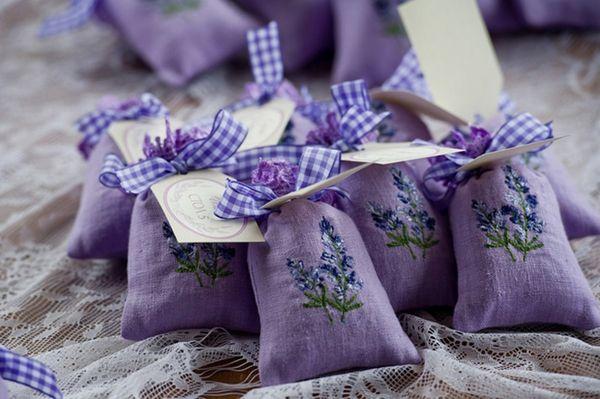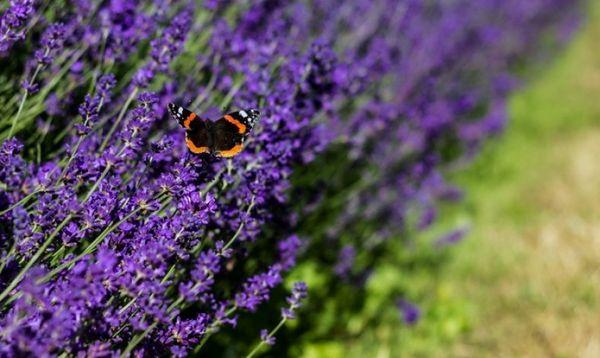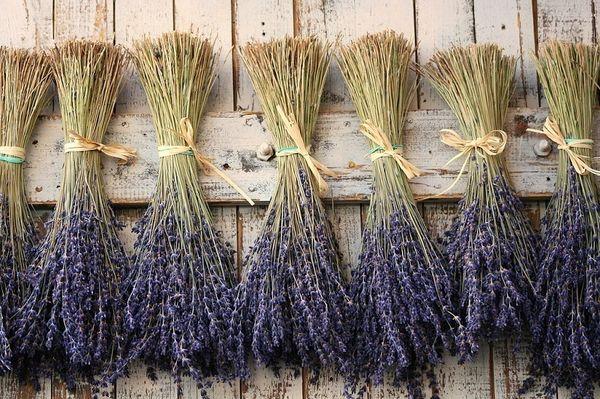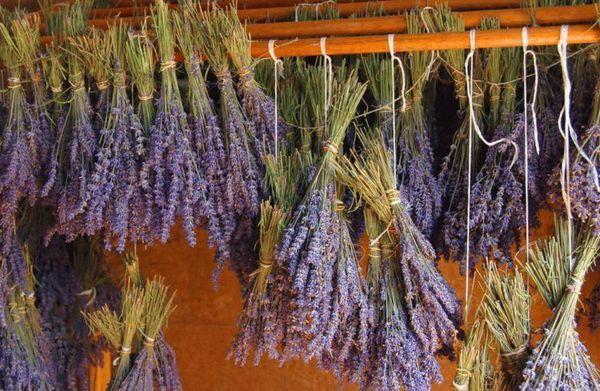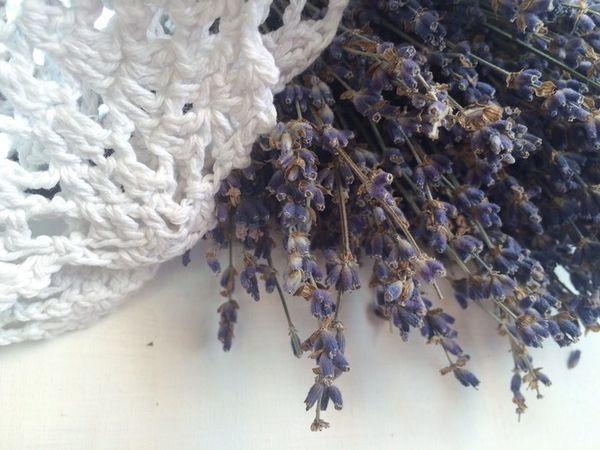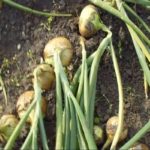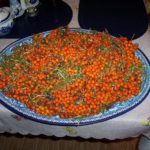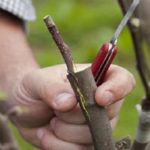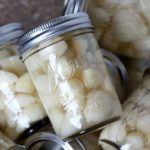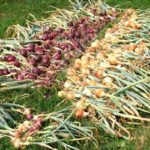Lavender is a unique plant with an unusual aroma. The inflorescences contain a large number of useful microelements. It is used to decorate bouquets, make teas, essential oils and even desserts. How to dry lavender at homeso that the raw materials do not lose nutrients during processing.
When to harvest?
Lavender should be harvested when it begins to bloom en masse. The peculiarity of the flowering plant is that the flowers bloom from top to bottom and it is not necessary to wait for the entire inflorescence to bloom. The main thing is that the lower flowers open.The flowering period of the crop begins around mid-June.
Although the flowering period of lavender is quite long and is approximately 3-4 months, it is not advisable to delay harvesting. The later the inflorescences are cut, the less nutrients they contain. If you wait until the end of summer, it will no longer be possible to cut off the inflorescences. They will contain seeds, and such inflorescences are no longer suitable for use in cooking or for brewing tea.
Harvesting lavender is best done late in the evening or early in the morning, when it is not hot outside and the sun is not shining. But the best time is considered to be early in the morning before sunrise, when the morning dew has not yet dried on the plants.
Collection process
To cut inflorescences, use only sharply sharpened scissors or pruners. After pruning, there should be no creases left on the stems. Cutting with blunt pruners has a negative impact on the health of the bushes. You should trim no more than a third of the entire stem. If you cut off more, the root system may die. And since the crop is a perennial, if you cut off the inflorescences incorrectly, you can lose the entire bush.
The older the bush, the more inflorescences it will have. And, accordingly, there will be much more harvest in the summer. In the first year of growing the plant, 1-2 bouquets are cut from the bush. After 2-3 years, the number of bouquets may exceed 10.
How to dry lavender?
Drying lavender so that it does not fall off follows simple rules. First of all, you should not dry raw materials in the sun. Only closed, dark, well-ventilated rooms are suitable for drying. You can dry the inflorescences under a canopy in a draft. The main thing is not to let the sun hit it.
The cut stems are collected into small bouquets and tied with thread or a rubber band. After a few days, the stems decrease in size, and if you use a thread, the bouquet may fall apart. Hang them down with flowers.
If you hang-dry the bouquets, the inflorescences will remain the same rich shade as fresh. Under natural conditions, the workpieces will dry for 2-4 weeks. In order not to miss the moment when the lavender dries out, you need to check regularly. If the flowers begin to fall off, it means the bouquets have dried out.
Another way to prepare raw materials for the winter is to dry the inflorescences in the sun. This is not the best way. During drying in the sun, some of the beneficial substances evaporate, but if time is running out, you can use it. The cut flowers are laid out on a flat surface. Turn them over regularly so that the pieces dry evenly. It takes no more than a week to dry lavender in this way.
Store lavender in the apartment in fabric bags or glass jars. It is not recommended to use plastic bags for storage. In them, raw materials rot and can become moldy. In addition, when storing raw materials in bags, plants lose their unique aroma. It is best to use ceramic dishes for storage. In such containers, lavender will remain fragrant until next spring.

